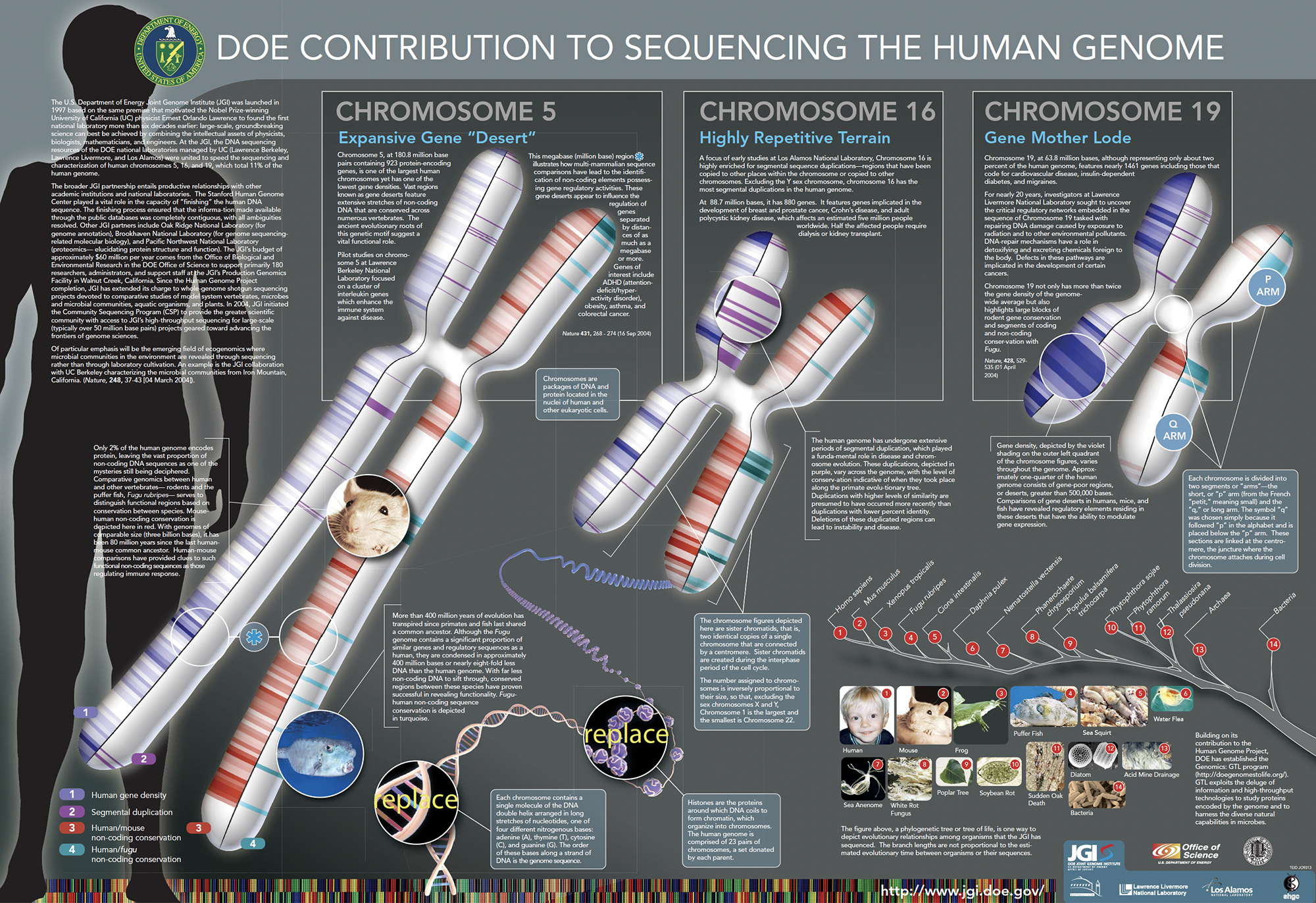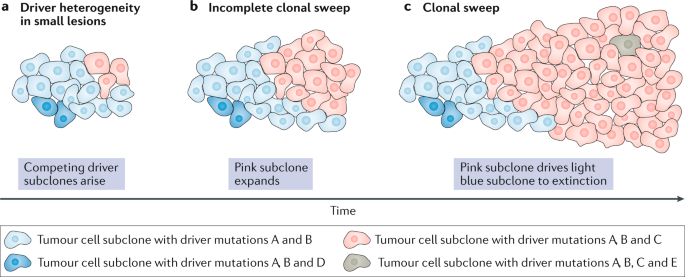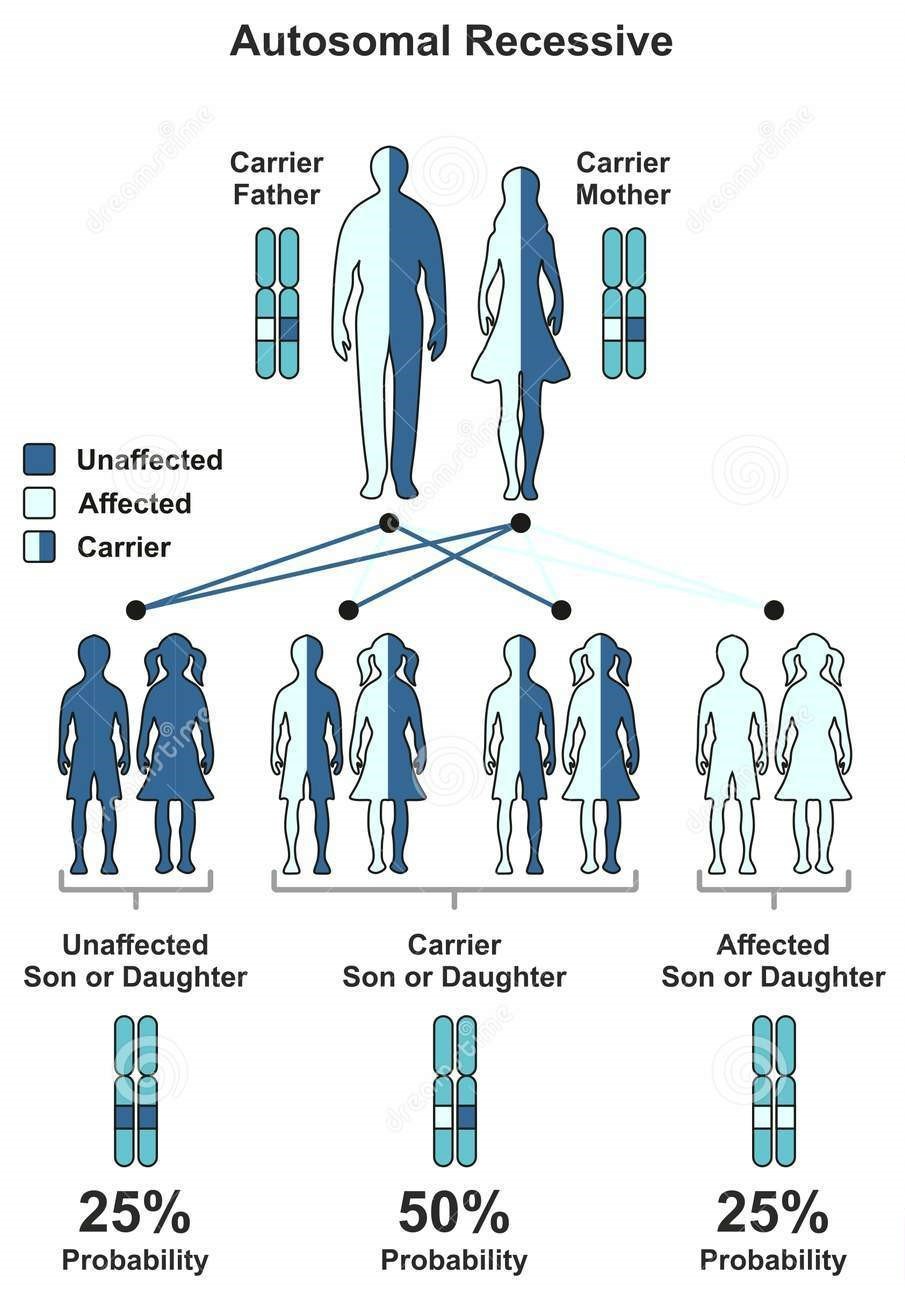Genetics in Medicine: An Introduction and Definitions
Genetics in Medicine: An Introduction and Definitions
Introductory Information
Genetics in Medicine is a critical field that bridges the gap between molecular biology and clinical applications. This lesson will provide you with the foundational concepts and definitions essential for understanding the role of genetics in medicine.
Learning Objectives
Genetic: Refers to anything related to genes or heredity.
Familial: A condition that runs in families but is not necessarily hereditary.
Hereditary: A trait or disorder passed from parents to offspring through genes.
Genotype: The genetic makeup of an organism (the combination of alleles).
Phenotype: The observable traits or characteristics of an organism, influenced by both genotype and environment.
Human genome: Consists of about 3 billion base pairs of DNA, containing 20,000–25,000 genes that code for proteins and many non-coding sequences.
Mutations vs. Polymorphisms:
- Mutation: A change in DNA sequence that can lead to disease or altered function.
- Polymorphism: A variation in DNA sequence common in the population and not necessarily harmful.
- Somatic mutation: Occurs in body cells and is not passed to offspring.
- Germline mutation: Occurs in reproductive cells and can be inherited.
Pleiotropism: A single gene affecting multiple traits.
Heterogeneity: Different genetic mutations leading to the same phenotype or disease.
Advanced paternal age: Increases the risk of new mutations in offspring.
Consanguinity: Increases the risk of inheriting autosomal recessive disorders due to shared genetic material.
Impact of genetics in clinical medicine: Genetics helps in diagnosing inherited diseases, predicting disease risk, guiding treatment, and personalizing medical care through genomic medicine.
Definitions
Genetic condition: Pathophysiology of the disorder is based on changes in the DNA.
Hereditary condition: A disorder that is inherited genetically.
Familial: Runs in the family but may not always be genetic—it could be due to a common environment.

Progeria Example
Progeria is caused by mutations in the LMNA gene. This condition qualifies as genetic because it results from changes in DNA. However, it is typically not inherited.
Genotype: The information about the patient from genetic tests results. These tests may be cytogenetic, FISH, microarray, sequencing, etc.
Phenotype: What you observe about the patient physically or with images.
Example
Genotype: LMNA mutation Gly608Gly
Phenotype: Prominent eyes, balding, narrow nose, prominent vascular network of the scalp.

The Human Genome Project
The Human Genome Project, completed in 2001, was a landmark achievement in genetics. It mapped the entire human genome, which consists of approximately 3.2 billion base pairs and around 20,000 known genes. The coding region (exons) comprises only 1-2% of the genome.
Costs and Technological AdvancesThe cost per human genome has dramatically decreased over the years, enabling more widespread access to genomic sequencing.
Cost Per Genome Data2001: $100,000,000
2010: $10,000
2020: $100

Mutation vs Polymorphism
- Mutation: Refers to an event that results in a change/deviation from the reference DNA code and typically implies pathogenicity.
- Genetic Polymorphism: Refers to a population trait, a variation that occurs in at least 1% of individuals.
Newer Terminology
- Pathogenic Variant: Disease-causing variant.
- Variant of Uncertain Significance: A variant whose effects are not yet clear.
Prevalence of Identifiable Mutations in Individuals
- It is estimated that everyone has 5-15 recessive mutations.
- Cystic fibrosis: 1/25 carriers.
- Spinal Muscular Atrophy: 1/35 carriers.
- Hereditary Hearing Loss (GJB2): 1/33 carriers.
Changes in DNA Transmitted to the Next Generation
Every time DNA is passed from one generation to the next, it accumulates around 60 new mutations. At least 1/20 individuals is expected to inherit a clinically significant gene change.

Germline vs Somatic Mutations
- Germline Mutations: Affect all cells and are inherited from the parents.
- Somatic Mutations: Occur in individual body cells and are not inherited.
Pleiotropism
When a single gene produces multiple phenotypic features. For example, Kabuki Syndrome is characterized by short stature, cognitive impairment, characteristic facies, skeletal anomalies, cardiac defects, and fetal finger-tip configuration, primarily due to mutations in the MLL2 gene.

Genetic Heterogeneity
- Allelic Heterogeneity: Different mutations at the same locus causing a disease.

Example: SATB2 Gene Mutations
- RG42
- G116R
A134Hfs*17...
Locus Heterogeneity: Mutations at different loci producing the same phenotype. For example, osteogenesis imperfecta can be caused by mutations in different genes.
Paternal Age Effect
Increased incidence of new (sporadic) dominant mutations is associated with advanced paternal age (>45 years). Conditions such as achondroplasia and Progeria exhibit this effect.

Consanguinity
Relationship by descent from a common ancestor increases the risk of autosomal recessive disorders.
Effects of Consanguinity on Birth Defects
- Third-degree relatives (first cousins): Additional 2-3% risk.
- Second-degree relatives (half-siblings, uncle-niece): Additional 5-15% risk.
- First-degree relatives (siblings, father-daughter): Additional 40% risk.
- 60% of Pediatric Hospital Admissions are due to a condition with a genetic basis.
- 40% for adults.
- 3% of newborns have a birth defect.
- 3% of the U.S. population has intellectual disability, 80% of which are genetic in origin.
- Impact on reproductive medicine, common disorders, and public health issues such as newborn screening.
Why do you need to know
Your knowledge over this material will be tested in questions which as you to calculate the probability of getting certain diseases based on their pedigree or inheritance pattern. You'll need to memorize which chromosomes are affected in certain conditions. You'll also need to distinguish between the different types of DNA sequencing techniques.